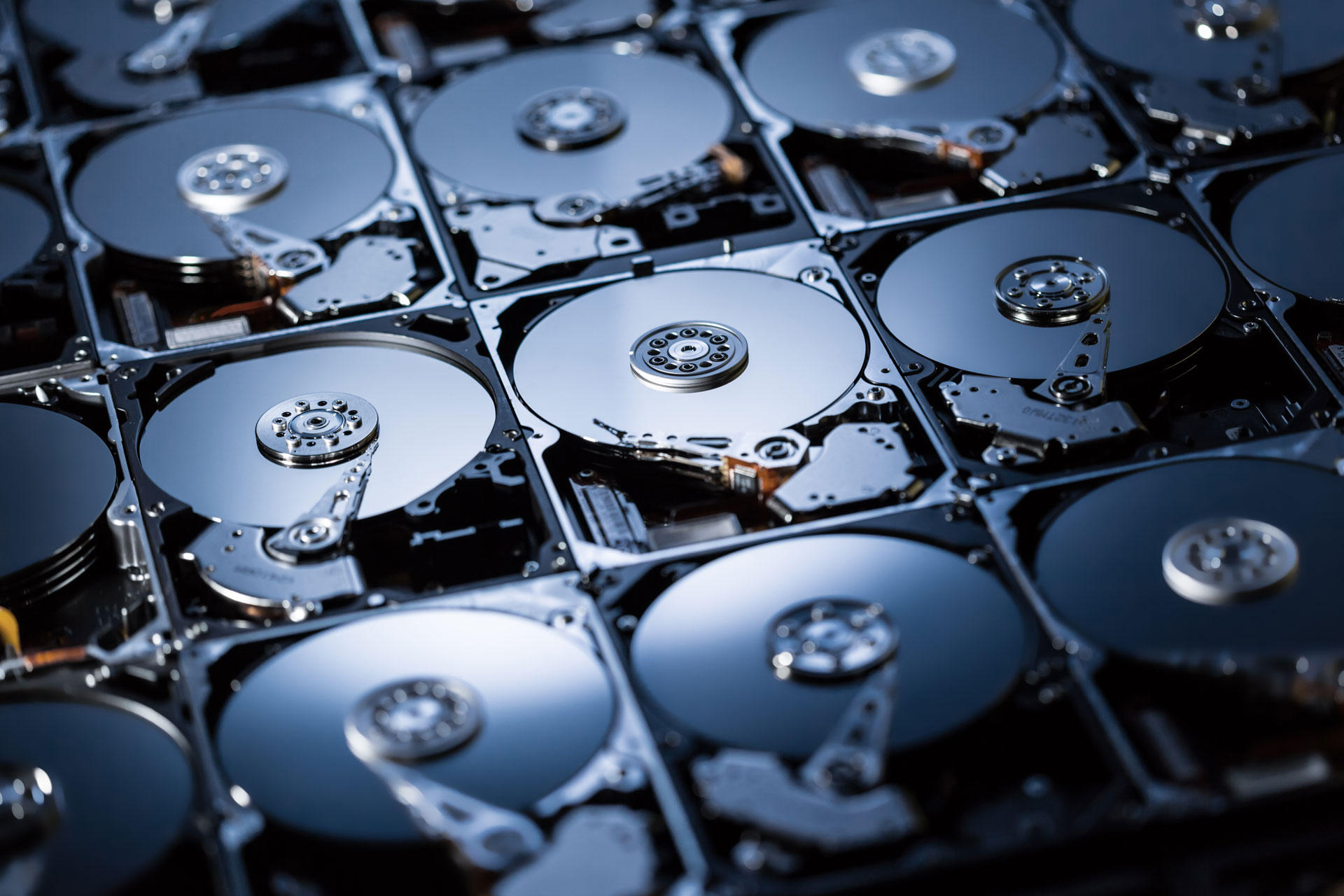Sound waves can damage hard drives

Sonic and ultrasonic sound can disrupt hard drive functions. It can also lead to host operating system crashes, and in some cases damage the drives. Researchers did so by placing speakers near a computer's HDD. This could be done by using inexpensive off-the-shelf speakers or could also be carried out via laptop or desktop speakers. In one scenario, a victim visits a website or receives a phishing message and a damaging ultrasonic tone plays through the speakers.
The scenario was outlined by researchers from the University of Michigan and Zhejian University in China. The group presented their research last week in San Francisco at the IEEE Symposium on Security and Privacy. No special equipment is needed to cause errors in the hard disk drive using either audible or ultrasonic acoustic waves. Audible waves vibrate the read/write head and platters, ultrasonic waves alter the output of the HDD's shock sensor, causing the head to park. This is in the newly released research paper entitled: How Intentional Acoustic Interference Damages Availability and Integrity in Hard Disk Drives and Operating Systems.
Both of these types of errors can lead to operating system-level or application-level problems, including corruption and system reboots. The experiments show that audible sound causes the head stack assembly to vibrate outside of operational bounds, causing false positives in the shock sensor, which is designed to prevent a head crash. In a PC with a Western Digital Blue WD5000LPVX drive, researchers exposed the drive to vibrations induced by a 5 kHz tone at 115.3 dB SPL and a 5 kHz tone at 117.2 dB SPL. Prolonged exposure to those levels caused permanent data loss, program crashes and unrecoverable physical loss in the HD.
Tests were conducted on three different HDD manufacturers, Western Digital, Toshiba and Seagate. Scenarios also involved vibrations created by ultrasonic tones, which is sound that is created at a frequency higher than can be heard by humans (20 kHz and up). Ultrasonic sounds were less likely to cause a head crash, but damaged the drive in other ways such as the head becoming unstable over time because of excessive parking. In tests using a Toshiba HDD exposed to ultrasonic signals, researchers were able to make the HDD's read/write head park in rapid succession on the hard disk platter, damaging the head controller. This instability could make the drive less reliable in its reads and writes, leading to sectors being marked as bad.
A third scenario involved a HP Elite Minitower desktop PC equipped with an internal HP DC7600U speaker. Using the system's own speaker, the proof of concept was able to cause intermittent freezing of the system running a Western Digital Blue WD5000LPVX HHD. For the self-stimulation scenario, the victim accesses a malicious website. The site then plays malicious audio without permission over the system's built-in speaker to attack the HDD. The frequency response of a built-in speaker may limit the ability for someone to deliver ultrasonic attacks, but some speakers may be able to deliver ultrasonic or near ultrasonic tones.
The reason why sound vibrations cause system interruptions and crashes varies. In one case, researchers analyzed the Windows 10 system crash dump files of a targeted computer. They were able to establish that the hardware driver called miniport was returning a device error that the OS could not handle properly. The operating system does not handle this error correctly, leading to UNEXPECTED_STORE_EXCEPTION. This indicates that the memory manager required data from the disk, but was unable to write into memory because of an in-page I/O error.